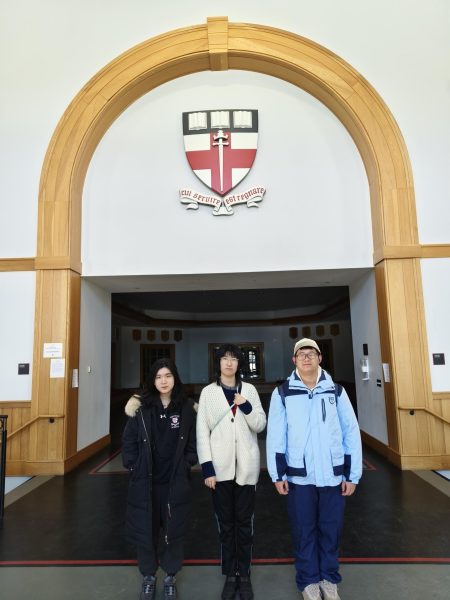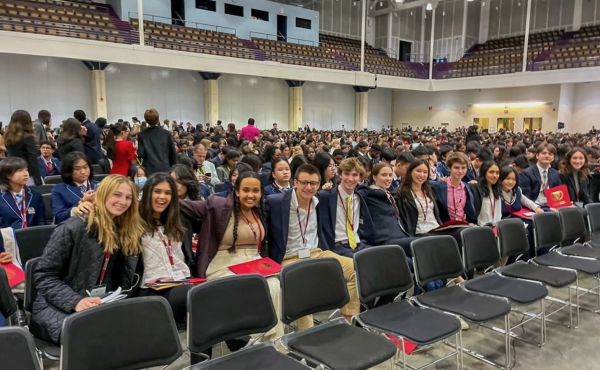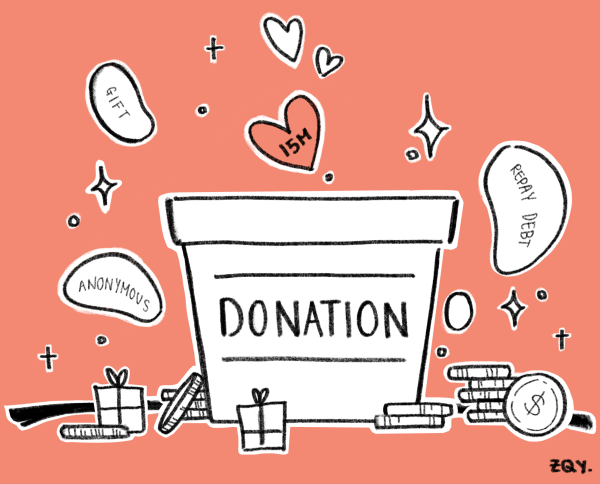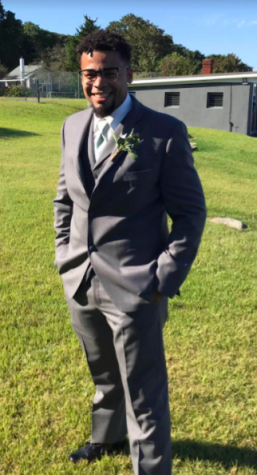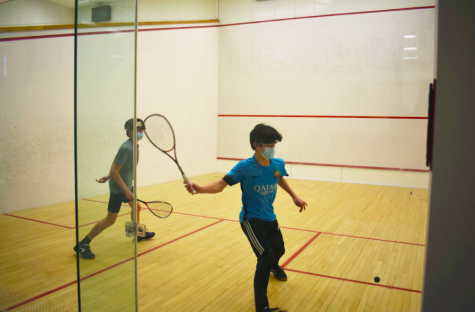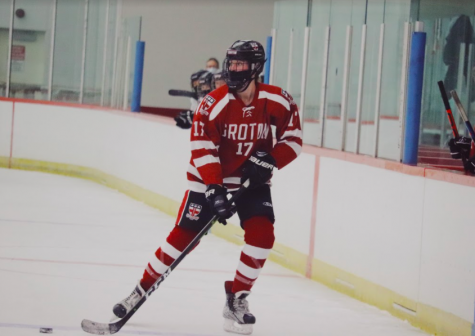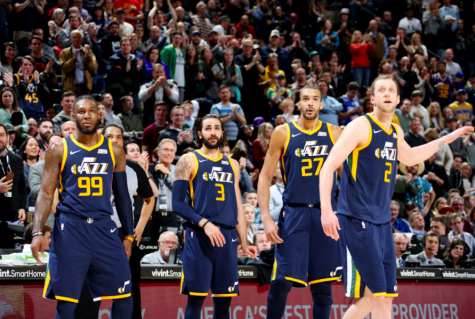Groton’s Scholastic Awards
For Groton students, the Covid-19 pandemic has limited important outlets of social interaction and travel. But it has certainly not limited their artistic abilities. As students have created meaningful art during this time, they have also earned recognition for their work.
One such venue for recognition is the annual Scholastic Art & Writing Awards. Managed by the Alliance for Young Artists & Writers, these awards are given to works in a variety of mediums and reviewed by a panel of judges for “originality, strong technique, and authentic voice & vision,” according to Art Educator Melissa De Jesus-Akuete. Winning artworks are awarded a regional gold key, silver key, or an honorable mention, and gold key-winning pieces are eligible for awards at a National Level.
This year, twenty-five Groton students won seventy-two regional Scholastic Art & Writing Awards, including eighteen gold keys, twenty-one silver keys, and thirty-three honorable mentions. You can view all award-winning art pieces in this presentation and all award details in this spreadsheet.
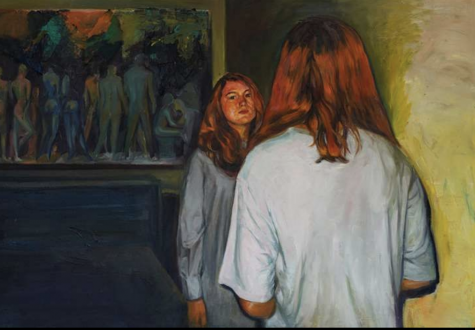
Angela Wei ’21 brought back eighteen awards — eight in writing and ten in art. She earned gold keys for her painting “My Hands Make No Amendments,” her art portfolio “The Diotimas,” (pictured above) and her poem “Fairy Tale for Gardeners.” Angela also won five silver keys for poems and personal essays and three for painting and mixed media.
Angela explained that “The Diotimas” was based on her perception of love. She sought to “democratize love by dismantling traditional models of perfection,” using the people around her as subjects rather than aloof celebrities and public figures. She used messy brushstrokes and bright colors in dramatic compositions to convey “how love exists to serve us… imperfect as we are.”
While some pieces, like “The Diotimas,” explored the topic of love, confronting social injustice such as racism and police brutality was also a common theme among award-winning pieces this year. The poignant poems “On Breonna Taylor” and “Shoot” by Beatrice Agbi ’21 earned a spotlight, and the gold key-winning short video “Fragmented” by Colin Kim ’23 was chosen as the best work in the Expanded Project category.
“Fragmented” displays initially blunt and unrecognizable geometric patterns that slowly orient themselves to reveal detailed portraits … of Floyd, McClain, and Taylor,” explained Colin. An international student who has lived most of his life in Seoul, South Korea, Colin learned a great deal about systemic racism this summer. “I could not believe the injustices I had learned about two years ago in my Social Studies class had been dancing around me my entire life,” he said. Colin coded the gradual reveal of portraits using p5.js, a graphic-design language based on JavaScript.
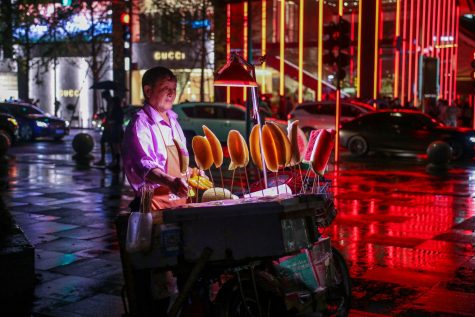
In photography, city life was a popular subject. Tyler Weisberg ’22 earned two gold keys for his photographs “$0.96/hour” (pictured above) and “66-year Hustle,” both of which depict the lives of street vendors in Chengdu, China. Yuen Ning Chang ’21’s “Gilded” caught a living statue street artist in motion in Lisbon, Portugal. Jack Wang ’22 captured the architecture of Shanghai, China in “City Geometry.”
“Remote learning has inspired more creativity in terms of concepts and materials as students have had to work with what they have at home,” explained Mrs. De Jesus-Akuete. One such student who explored imaginative concepts was Amy Sharma ’23, who depicted pterosaurs in eerie and otherworldly scenes in her gold key-winning paintings “Tupandactylus imperator in the Underworld” and “Azdarchid, The Tree Will Grow.”
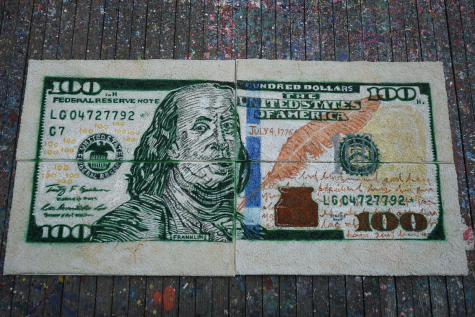
Isabel Cai ’21 also earned a gold key for her painting “270 Million Grains”, which highlights the growing wealth disparity during the pandemic. “The world’s richest person’s net worth is growing daily at an amount that equates to the daily income of 270 million people under the poverty line,” explained Isabel. These 270 million people are represented by approximately 40 kilograms of reused rice, which she used as the canvas for her painting. “All humans should be treated equally in the face of a global health crisis,” said Isabel, “but wealth has deemed some lives more valuable than others.”
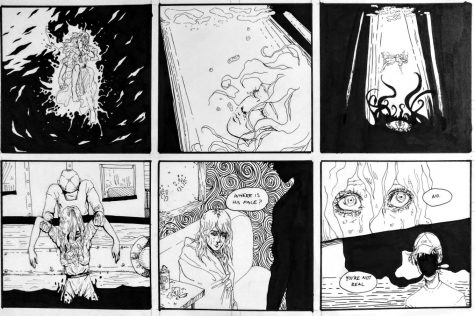
Paopao Zhang ’24 illustrated a Buddha-like character eating a burger in her drawing “Veggie Burger,” and Mei Matsui ’23 explored ocean imagery in her comic art piece “Siren” (pictured above).
In the writing section, the personal essays and memoirs of Beatrice Agbi ’21, Sophia Bay ’23, and Janice Zhai ’21 earned four gold keys. Beatrice’s essays “An American in Paris” and “Notes on an Iye” explored her interactions both across cultures, as a foreigner visiting France, and within cultures, with the history and past of her Nigerian grandmother. Michelle Kim ’23 also won a gold key for her critical essay “Conscientious Stipulations: A Compromise of Religious Conscience.”
Another popular medium of writing was the short story. Gold keys were awarded to Sophia Bay for “Hunger,” Alisa Gulyansky ’24 for “Mango Loves Company,” Amelia Pottash ’23 for “The overhang,” and Annie Pei ’22 for “Strangers to War.”
Annie’s historical fiction short story “Strangers to War” tells the journey of an England-raised Chinese reporter who was sent to investigate the Rape of Nanking. “Through this tale, I explored the cruelty of war and its glorification, as well as the sense of belonging derived apart from a certain nationality or family, but rather from a group of people that connect with each other,” explained Annie.
Due to Covid-19, the Alliance for Young Artists & Writers was unable to host in-person award assemblies, but these assemblies will be held virtually instead. Medals and certificates will be mailed out to students, and national gold key winners will receive a cash prize, something that the organizers have not done before.
As eighteen gold key-winning pieces move on to be judged at the national level, we anticipate even more success for Groton’s artists and writers. We look forward to seeing more introspective and unique artwork from the student body, whether remote or on-campus.


